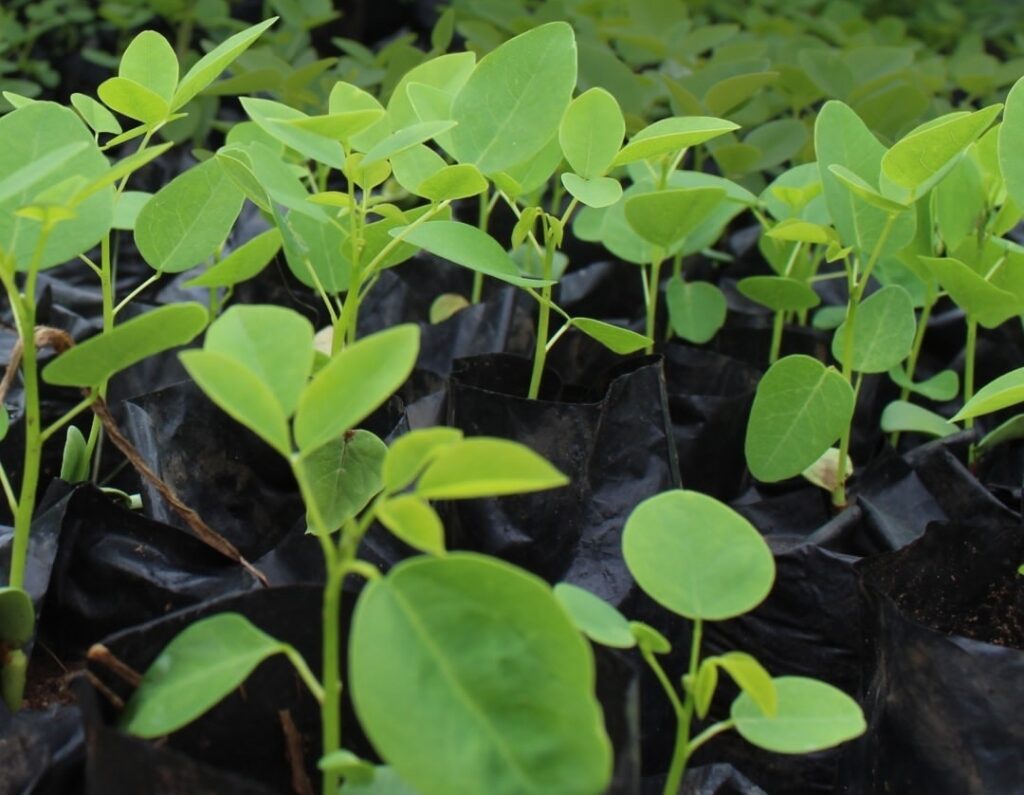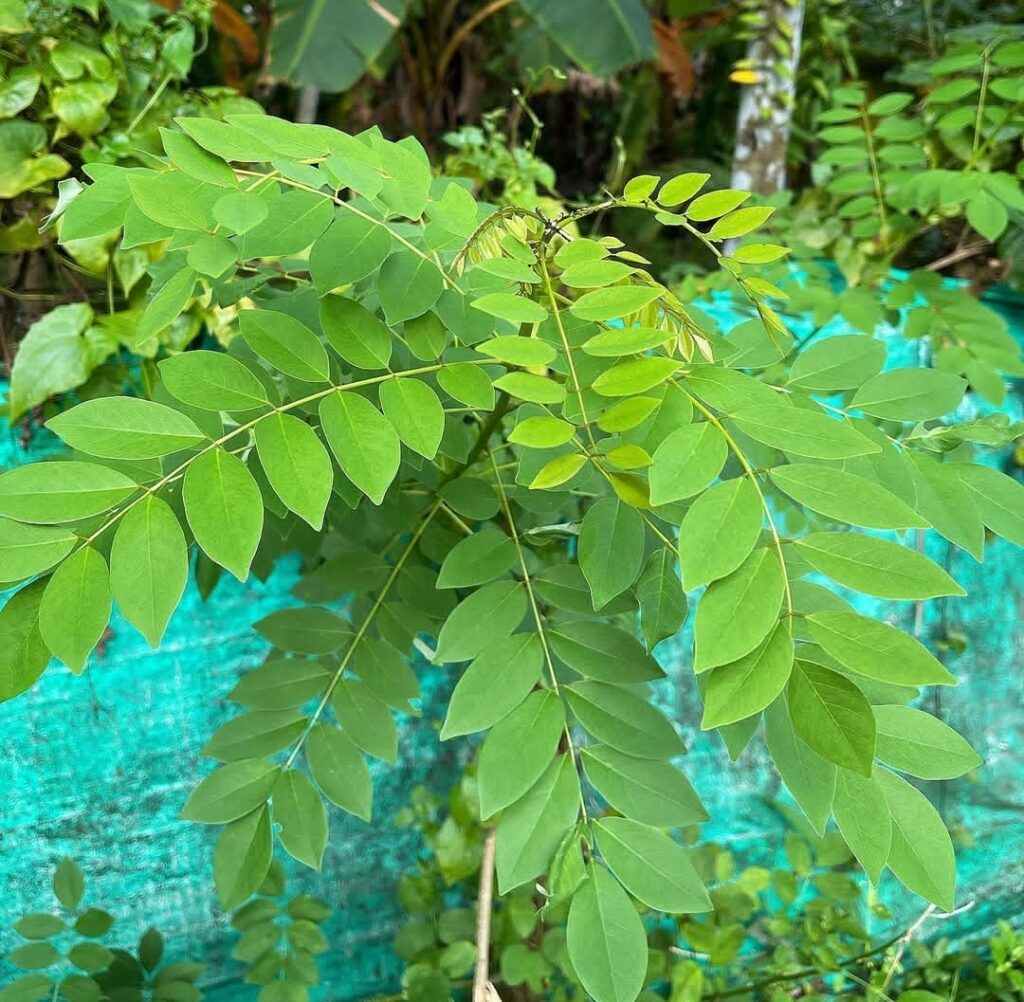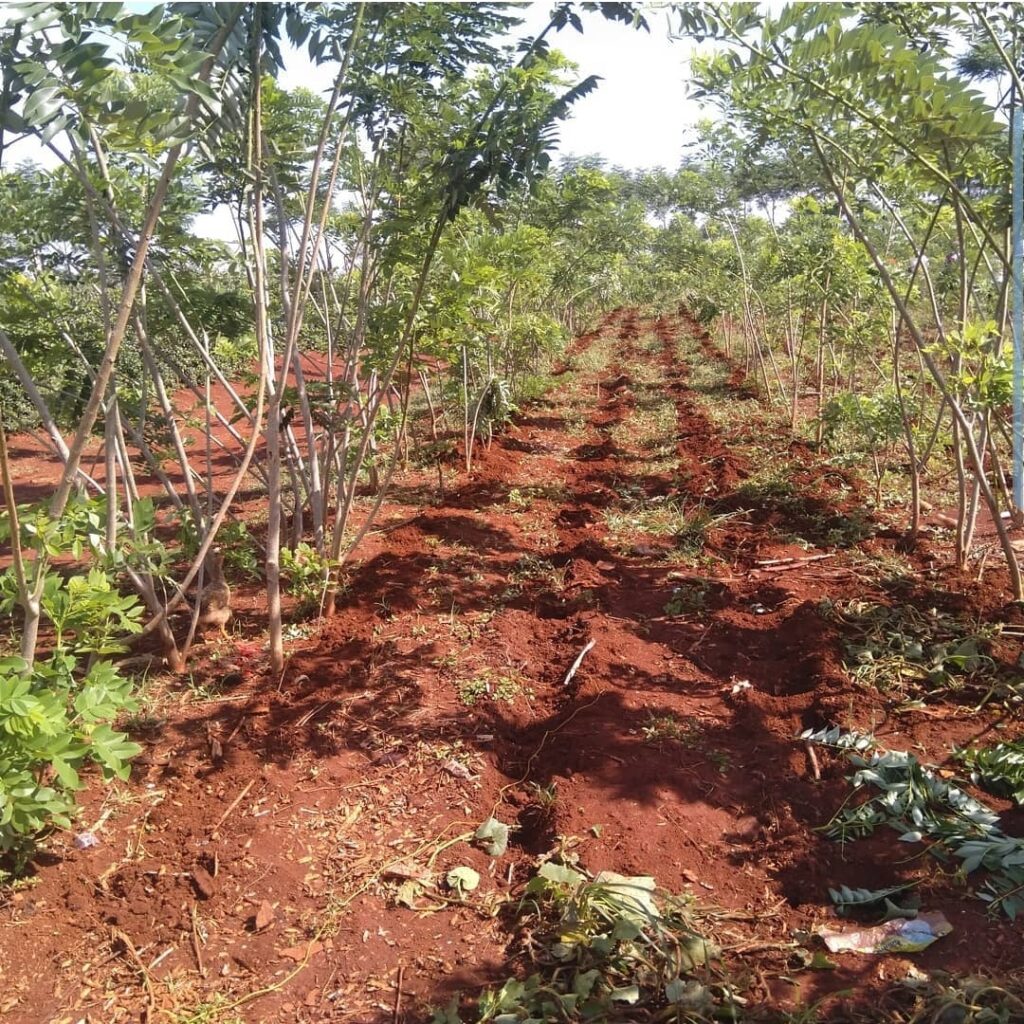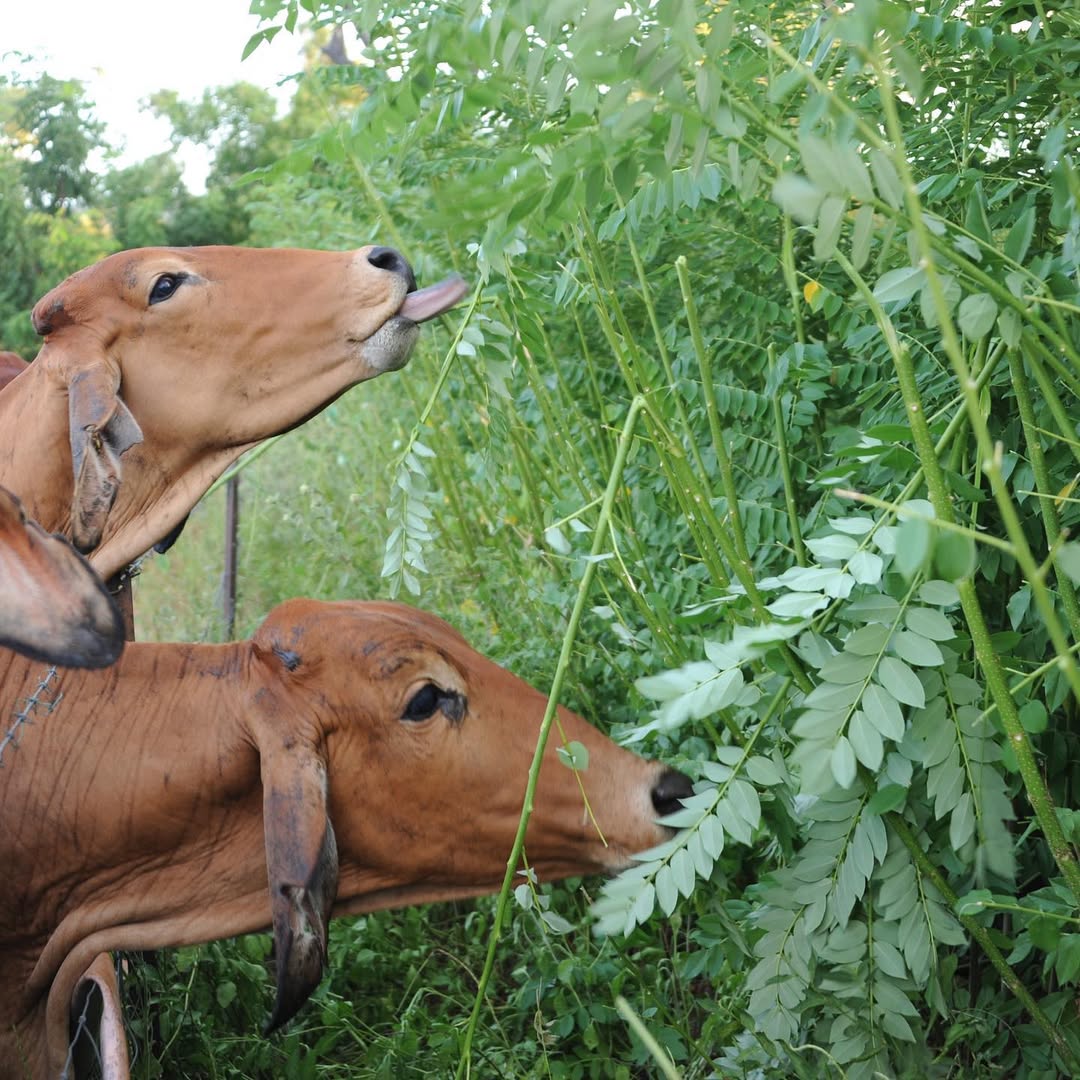
If you’re a farmer looking to improve your maize yields and overall soil health, you might want to consider integrating Gliricidia sepium into your farming practices. This versatile tree is not just a source of firewood; it offers numerous benefits that can enhance your agricultural productivity.
What is Gliricidia sepium?
Gliricidia sepium, often referred to as “quickstick,” is a fast-growing leguminous tree that thrives in tropical climates. It can reach heights of up to 12 meters and is known for its ability to fix nitrogen from the atmosphere, enriching the soil naturally. This makes it an excellent companion plant for maize, as it helps improve soil fertility without relying heavily on chemical fertilizers.

Benefits of Growing Gliricidia with Maize
- Soil Fertility: The leaves of Gliricidia can be used as green manure, decomposing easily to release nutrients back into the soil. Studies have shown that fields intercropped with Gliricidia can achieve yields comparable to those treated with chemical fertilizers, saving you money in the long run.
- Moisture Retention: Gliricidia helps maintain soil moisture by improving soil structure and increasing organic matter content. This is particularly beneficial during dry spells, ensuring that your maize plants have access to the water they need.
- Pest Control: The presence of Gliricidia can help reduce pest populations by providing shade and habitat for beneficial insects, which can lead to healthier maize crops.

- Nutritious Fodder: One of the standout benefits of Gliricidia is its high nutritional value as fodder for livestock. Its leaves are rich in protein and can be fed to goats, cows, and sheep. You can also mix Gliricidia with other feeds to create a balanced diet for your animals, promoting better growth and milk production.
- Multiple Uses: Beyond its agricultural benefits, Gliricidia provides firewood and can be used for constructing fences or furniture. This multipurpose nature adds value to your farming operation.
- Sustainable Practices: By incorporating Gliricidia into your farming system, you contribute to sustainable agricultural practices that promote biodiversity and reduce reliance on synthetic inputs.

How to Integrate Gliricidia into Your Farming
You can plant Gliricidia alongside your maize in rows or as hedgerows. It’s important to manage its growth through regular pruning to prevent it from overshadowing your maize crops. This practice not only keeps the trees at a manageable height but also provides you with additional organic matter for composting.
Conclusion
Integrating Gliricidia sepium into your maize farming system can lead to improved soil health, increased crop yields, and a more sustainable farming practice overall. Additionally, its value as nutritious fodder for livestock makes it an even more attractive option for farmers looking to diversify their operations. By leveraging this valuable tree, you can enhance both the productivity and resilience of your farm while contributing positively to the environment. Consider planting Gliricidia today and reap the benefits for years to come!

